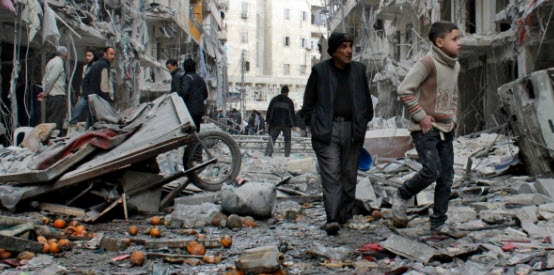In 2009, Qatar, a leading natural gas producer, approached Syria about routing its planned 1,500 mile pipeline to the gas markets of Europe through Syria’s Aleppo province. Qatar wanted a pipeline straight to Europe as its current gas transport modes were limited to Liquefied Natural Gas (LNG) tanker, mostly to Asia with limited spot shipments to Europeor the Dolphin pipeline to the United Arab Emirates and Oman. The pipeline would head north and end in Turkey after crossing Saudi Arabia, Jordan, and Syria. Syria declinedQatar’s offer, which would have cut the European market share of its partner, Russia, and instead agreed to participate in the “Friendship Pipeline” between Iran and Iraq that was considered a “Shia Pipeline” to some and a target for the Sunni monarchies of the Gulf. Not understood, or ignored, was Syria’s longstanding support of the Iranian regime, especially during the 1980-1988 Iran-Iraq War, and its long relationship with Russia, dating from 1944, which should have been a warning of who might appear if things hotted up.
In 2010, Israel and Syria held back-channel talks that reportedly included Israel’s return of the Golan Heights to Syria in exchange for security guarantees. The talks lagged due to mutual suspicions about the other side’s ability to deliver and, by early 2011, the Arab Spring had erupted across the region and leaders’ attentions turned to more immediate concerns. At this point, America had the opportunity to strike a blow against the Islamic Republic’s ally, the Assad regime. In 2011, Turkey provided a home for the opposition Syrian National Council and, in August 2011, the U.S., its allies, and the UN were calling on Bashar Assad to step down.

